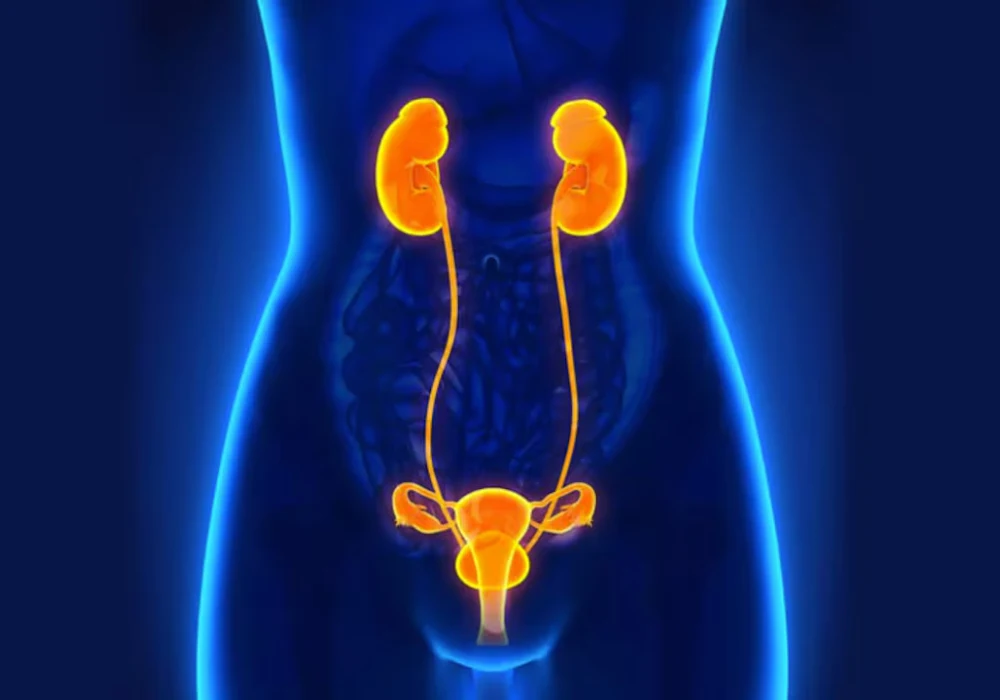Accurate preoperative staging remains central to treatment planning and prognosis in uterine cervical cancer (CC). Cross-sectional imaging has become part of the staging pathway, yet cystoscopy is still used to confirm mucosal infiltration for stage IVA classification. New multicentre evidence highlights that what is seen on magnetic resonance imaging within the bladder wall carries clearer prognostic meaning than mucosal findings alone. By focusing on MRI-defined invasion of the bladder wall, clinicians can refine risk stratification, streamline staging and align initial therapy with disease biology. The approach may also help services reduce procedures that add little prognostic value while maintaining robust assessment across surgical, radiotherapy and systemic pathways.
What MRI Shows and How It Was Judged
The investigation included women with histologically confirmed CC who underwent pelvic MRI at two Italian centres over several years. Radiologists assessed the bladder–cervix interface using a consistent set of MRI features that describe how tumour extends into or alters the bladder wall. These features included loss of the normal fat plane between the cervix and bladder, thickening of the bladder wall, loss of the usual low signal in the bladder wall on T2-weighted images and visible tumour growth into the bladder lumen. When most of these features were present, readers classified the case as bladder wall invasion.
Must Read: MRI Analysis Guides Early Cervical Cancer Care
Imaging was performed on 1.5-T scanners with standardised sequences, including multiplanar T2-weighted imaging and high b-value diffusion-weighted imaging, in line with European Society of Urogenital Radiology recommendations. Images were read independently by experienced radiologists then discussed to reach consensus. Their agreement on the key features was very strong, supporting reproducibility when the technique is applied in routine practice. The MRI assessment was analysed alongside clinical data, cystoscopy or cytology where available, treatment and outcomes, allowing the team to evaluate how MRI-defined invasion relates to recurrence and cancer-specific survival.
Why MRI-Defined Invasion Matters More Than Mucosa
Across follow-up, a substantial proportion of patients experienced disease recurrence and a smaller group died from CC. When outcomes were modelled, MRI-defined bladder wall invasion was associated with a higher likelihood of both recurrence and cancer-related death, even after accounting for other clinical factors. In contrast, cystoscopy-defined mucosal infiltration did not show independent prognostic value for recurrence or mortality when MRI findings were considered.
Survival curves told a consistent story. Patients with MRI-defined invasion had worse cancer-specific survival than those without such MRI evidence. Among those with invasion on MRI, having a positive or negative cystoscopy did not meaningfully change survival, which reinforces MRI-defined wall involvement as the key signal. Notably, all patients with cystoscopically confirmed mucosal disease also had MRI-defined invasion, and none without MRI-defined invasion showed mucosal involvement on cystoscopy or cytology when those tests were performed. This pattern supports MRI as a strong tool for ruling out mucosal disease when it shows no wall invasion, and it underlines the limits of cystoscopy in capturing deeper extrinsic spread across bladder wall layers.
Pathway Implications for Staging and Treatment
The findings challenge routine reliance on cystoscopy for prognostication in CC when MRI can depict the biologically relevant pattern of invasion. Because MRI-defined wall involvement correlates with poorer outcomes, it offers a practical marker to stratify risk at the point of staging. In settings where cystoscopy is performed mainly to confirm mucosal involvement, the added prognostic value appears limited if MRI already demonstrates wall invasion. This does not remove the diagnostic role of cystoscopy for mucosal confirmation, but it suggests a more selective use when MRI has clarified the extent of spread.
Treatment pathways in the cohort reflected contemporary practice. Most patients received concurrent chemoradiotherapy as initial management, with fewer undergoing upfront surgery and a small group receiving palliative approaches. Vesicovaginal fistulae were uncommon overall and did not differ meaningfully by MRI-defined invasion status, though event numbers were low. These treatment patterns provide helpful context: despite diverse management strategies, MRI-defined bladder wall invasion consistently aligned with higher risk. For multidisciplinary teams, an MRI-centred approach may support clearer counselling, more consistent staging decisions and earlier attention to patients who need closer surveillance.
Preoperative MRI evidence of bladder wall invasion in cervical cancer identifies patients at higher risk of recurrence and cancer-related death, whereas cystoscopy alone does not offer the same prognostic insight when MRI has already demonstrated wall involvement. Cystoscopy remains useful for confirming mucosal disease, but MRI better captures the extrinsic pattern of spread that influences outcomes. These results support a shift toward MRI-centred staging of bladder involvement with selective endoscopy, helping streamline pathways, reduce potentially avoidable procedures and focus on imaging markers that meaningfully stratify risk without extending beyond the reported data.
Source: European Radiology
Image Credit: iStock







